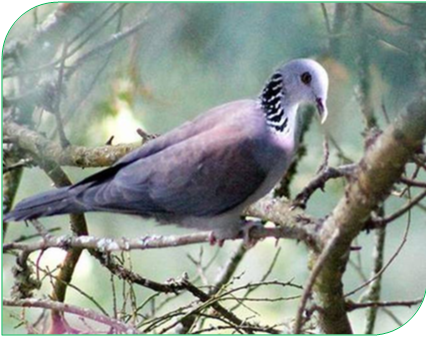
Birdlife International, a conservation organization, has recognized three new sites in Goa as hotspots for protection. The sites have been added to their list of “Important Bird and Biodiversity Areas”.
The inclusion of these ecological hotspots in a new book comes after systematic data collection by the Goa Bird Conservation Network (GBCN).
The book is authored by noted ornithologist Asad Rahmani, along with two other co-authors, and is published by the Bombay Natural History Society. Now, seven areas in Goa have been termed important biodiversity areas by Birdlife. GBCN president Parag Rangnekar said Goa earlier had four recognized biodiversity areas: Bhagwan Mahavir Wildlife Sanctuary and Mollem National Park, Carambolim Wetlands, Cotigao Wildlife Sanctuary and Mhadei Wildlife Sanctuary.
Larger area: The list has now added Bondla Wildlife Sanctuary, Navelim Wetlands and Netravali Wildlife Sanctuary.
The extent of Carambolim Wetland has been increased to include the fragile ecosystem of Dhado, which has recently become a wintering ground for many species of migratory birds. “While analyzing data on birds of the State we realized that we have two species of critically endangered, eight species of vulnerable and 11 species of near-threatened birds that have been documented,” says Pronoy Baidya, vice-president of GBCN and one of the contributors to the Goa chapter in the new book.
“Goa harbours a good population of the lesser adjutant and the Nilgiri wood pigeon in certain pockets of the State apart from the identified sites,” said Mr. Baidya. “Goa probably has more sites than the seven identified but a lack of systematic effort in the past to document birds created a void of data because of which we could not propose more sites to BNHS, which coordinates the programme in India,” said Mr. Rangnekar.
He recalled that in 2012-13, zoology students from Government College, Sanquelim, in north Goa monitored the Navelim Wetlands for an entire year documenting birds and their population.
“It was primarily a marsh land with paddy fields bordered by mangrove growth that is under the local community’s control. It was important to highlight the significance of this area for conservation on a global platform” says Harshada Gauns, an office-bearer of GBCN, who led the team that monitored the wetland.
“Declaring a site as an Important Bird and Biodiversity Area does not ensure that the site gets legal protection or becomes inaccessible to people. Instead Birdlife International encourages national and State governments to recognize the areas as sites of vital importance for conservation of wildlife and to empower local community-based conservation initiatives,” said Mr. Baidya.
“In Goa, the Forest Department has already provided support to GBCN in setting up the long-term bird monitoring project, which has completed one year in Cotigao Wildlife Sanctuary. The information will help the Forest Department in planning their management strategies,” said Mr. Rangnekar.